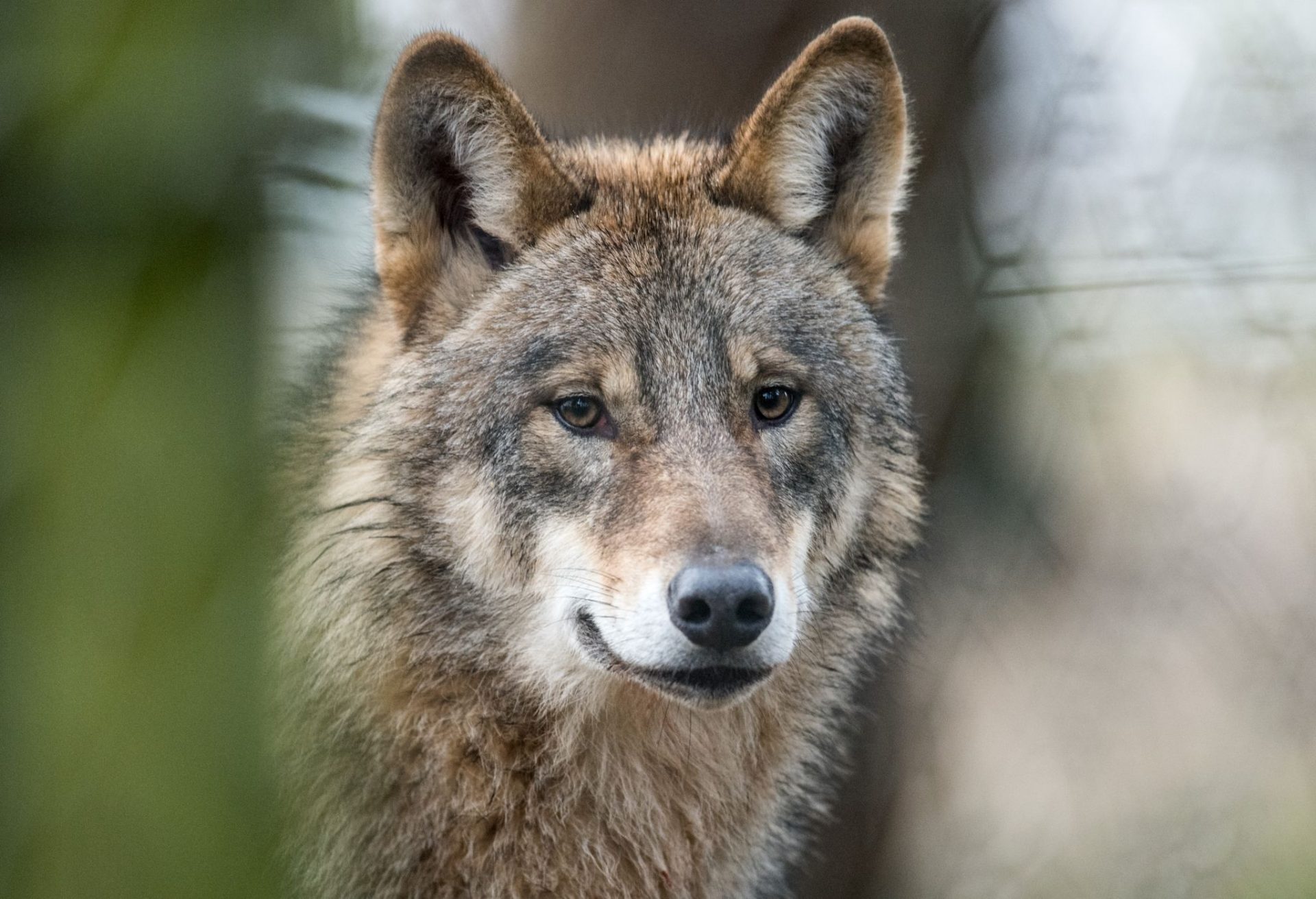The Members of the European Parliament decided by 371 votes to 162 (with 37 abstentions) to change the status of the wolf in the European Habitats Directive from “strictly protected species” to “protected species.” The member states only need to formally approve the amendment. They will then have 18 months to adjust their legislation.
With this adjustment, the EU aligns its legislation with the changed status of the wolf in the Bern Convention, a treaty of the Council of Europe from 1979 that determines the protection of wild animal and plant species. It was the EU itself that previously requested this relaxation.
The European Habitats Directive of 1992 prohibited the extermination of wolves, but since 2012, the population on the continent has roughly doubled. Since 2018, the animal has also reappeared in Flanders. In 2023, according to the European Commission, there were about 20,000 wolves. This has increasingly led to problems with livestock farming in some regions.
“Our farmers have asked for this, because currently they cannot take action against the wolf when their livestock is attacked,” says Belgian MEP Hilde Vautmans (Open VLD). “Only if their livestock is killed, which amounted to 56,000 livestock in Europe last year, can they request compensation. In addition to the administration and burden of proof this entails for the farmers, it costs the European member states 17 million euros per year.”
The Greens respond with disappointment. According to Sara Matthieu (Groen), the decision goes against all scientific advice. She also warns of the impact on the ecosystem and biodiversity. “After more than a hundred years, the wolf is finally back in our region, and that success is now partly falling apart,” she laments. “Wolf populations are still fragile and needed that strict protection badly.”
 go to the original language article
go to the original language article
